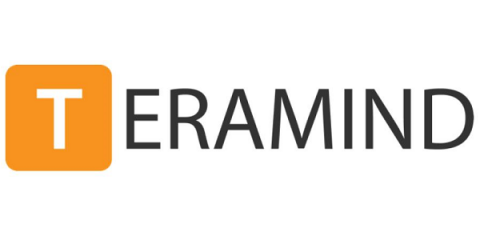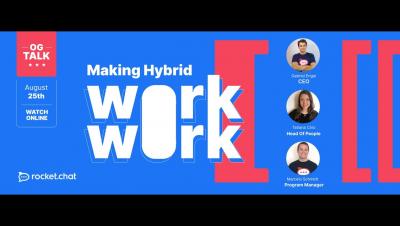Teams | Collaboration | Customer Service | Project Management
Hybrid Work
How to use data to determine your hybrid or remote work strategy
Many companies are basing their hybrid or remote work strategy on instinct. Yet it’s dangerous to let your intuitions or, worse, your biases drive your strategy. The companies that will thrive as they transition to new hybrid and remote work models will adopt a data-driven approach. As a leader, here’s how to use data, not your gut, to make important decisions about your remote or hybrid work strategy moving forward.
O.G. TALK: Making Hybrid Work Work
Which hybrid and remote work model is best for your business?
This article originally appeared on Inc. As a leader, hybrid and remote work are likely top of mind. But when leaders talk about hybrid and remote work, they often mince terms. There are many hybrid and remote work models—it’s important to get clear on what you’re actually talking about. Here are five of the most common hybrid and remote work models that leaders are contemplating.
How to Choose Between Working-At-Home & A Hybrid Workplace
Struggling To Lead Hybrid Teams? Three Priorities To Ensure Employee Equity And Excellence
This one rule will set your hybrid team up for success
This article originally appeared on Inc. In 2021, the hybrid work model became top-of-mind for business leaders. No wonder—the majority of knowledge workers (72%) say that, moving forward, they prefer a hybrid approach and a mix of remote and office work. And while the payoffs can be enormous, going hybrid is risky, especially because it can perpetuate a two-tier work environment.
6 Surprising Benefits of Hybrid Workforces
Discover some of the surprising lessons company leaders discovered about staff productivity in their switch to a hybrid work model!
Boost teamwork in the hybrid workplace with Slack
In a digital-first work world, team engagement has never been more important; here are three ways to forge deeper teamwork in Slack.
A Checklist for Effectively Transitioning to a Hybrid Workplace
Transitioning to a hybrid team workforce can be difficult without the proper planning. Use these 7 methods of improving productivity to lay the foundation for a healthy, productive workforce!










